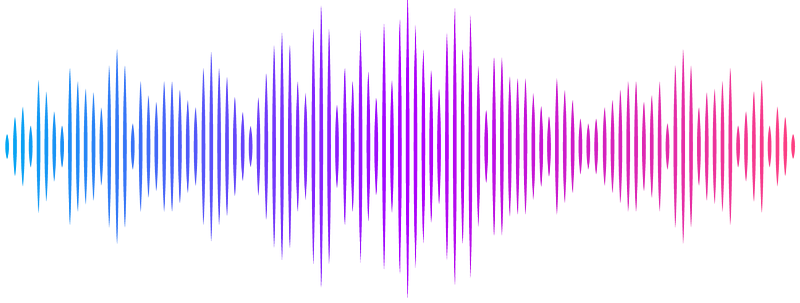Plasma pTau-217 Correlates with Brain Atrophy, Cognition, and CSF Biomarkers in a Cognitively Healthy Community Cohort

Plasma pTau-217 Correlates with Brain Atrophy, Cognition, and CSF Biomarkers in a Cognitively Healthy Community Cohort
Sim, M. A.; Rowsthorn, E.; O'Brien, W. T.; Sun, M.; Cribb, L.; Franks, K.; McDonald, S. J.; Yiallourou, S.; Cavuoto, M.; Harding, I. H.; Chong, T. T.-J.; Law, M.; O'Brien, T. J.; Vivash, L.; Pase, M.
AbstractPlasma biomarkers are promising for detecting Alzheimer\'s disease (AD) pathology, but their role in cognitively healthy individuals remains unclear. Plasma pTau-217 has high diagnostic accuracy for clinical and prodromal AD, yet its relevance in preclinical stages is underexplored. We examined if plasma biomarkers of AD, neurodegeneration, and neuroinflammation were associated with cognition, brain structure, and their cerebrospinal fluid (CSF) counterparts in dementia-free older adults. We studied community-based, dementia-free older adults from the Brain and Cognitive Health (BACH) cohort. Neuropsychological testing assessed global cognition (MMSE), memory (Logical Memory II), visual processing (Hooper Visual Organization Test), processing speed (Trail Making Test-A), and reasoning (Similarities). Paired plasma and CSF biomarkers (pTau-217, pTau-181, GFAP, NfL, A{beta}42/40) were measured using SIMOA. MRI-derived cortical thickness was used as a neurodegeneration marker. Multivariable linear regression assessed associations between log10-transformed plasma biomarker levels, cognition (adjusted for age, sex, education, hypertension, hyperlipidemia, diabetes), and cortical thickness (adjusted for age, sex, education, and intracranial volume). Pearson\'s correlations and Bland-Altman plots evaluated plasma-CSF agreement. There were 147 dementia-free participants (mean age{+/-}SD: 66.7{+/-}7.7 years; 56 % women). Higher plasma pTau-217 levels associated with lower global cognition scores ({beta} -0.80, 95% C.I. -1.56, -0.03, p=0.041) and abstract reasoning ({beta} -0.86, 95% confidence interval [C.I.] -1.62, -0.09, p=0.028). Greater plasma pTau-217 also associated with lower global cortical thickness ({beta}eta [{beta}] -0.21, 95% confidence interval [C.I]. -0.37, -0.06, per log unit change; p=0.006). No associations were found between the plasma biomarkers and processing speed or visual processing (p>0.05 for all). Among 47 participants with paired plasma-CSF biomarkers, plasma pTau-217 showed the strongest correlation with its CSF counterpart (R=0.76, p<0.0001), outperforming pTau-181 (R=0.61, p<0.0001), GFAP (R=0.66, p<0.0001), NfL (R=0.56, p<0.0001), and A{beta}42/40 (R=0.53, p=0.0001). In conclusion, plasma pTau-217 levels were associated with both cognition and cortical thickness in dementia-free older adults. All plasma biomarkers correlated significantly with their CSF counterpart. These findings reinforce the utility of plasma biomarkers, particularly pTau-217, as indicators of neurodegenerative processes, even in asymptomatic individuals.